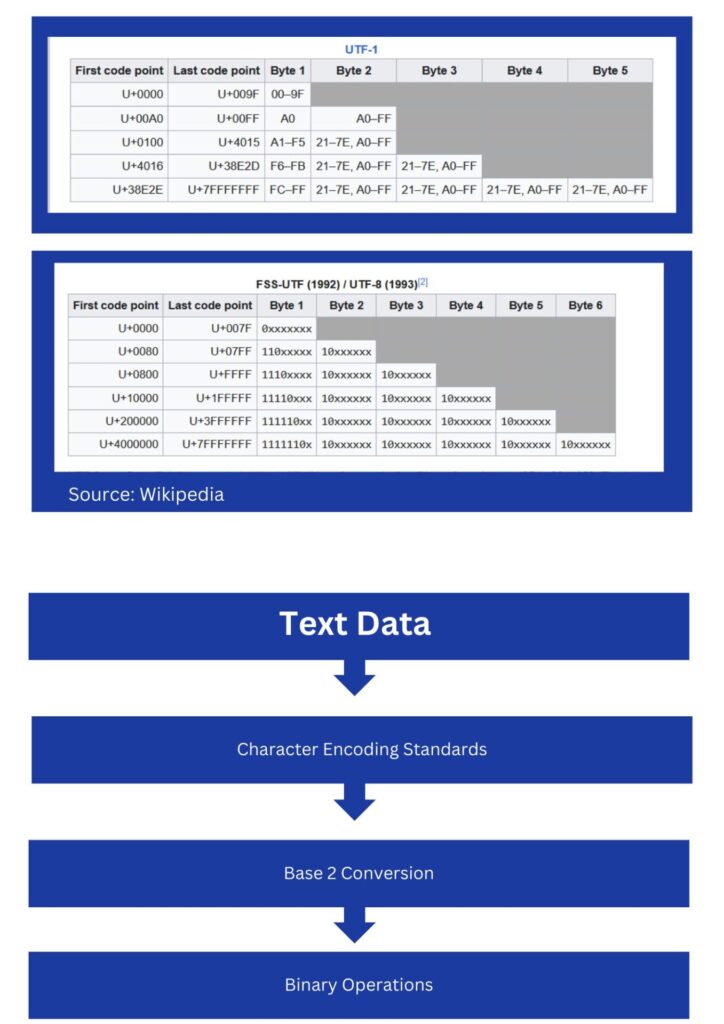UTF is a character encoding standard that has been integrated into digital communication, character code is very vital for any form of textual/visual digital communication, without character code schema the browser / applications will not be able to render the web page in the original format and language.
UTF is defined by Unicode standards, the name is derived from universal coded character set transformation format – 8, before UTF – 8, UTF – 1 was leveraged for character encoding.
The Unicode Transformation Format is one of two encodings standards used in Unicode, the second one is called Universal Character Set (UCS). Character encoding was needed to ensure subsidization and synchronicity so that software and programs could share and process human-readable data.
UTF is an extended ASCII and variable-length encoding framework. UTF is enabled with full ASCII capabilities and self-synchronization.
UTF-8 dominates the world wide web paradigm as 98 percent of the websites leverage UTF-8 as variable-length character encoding. Characters are made of one or more than one code point so a character can take more than 4 bytes.Few Key terms in UTF encoding are :
1) Byte 1: 1-byte encoding covers 128 ASCII characters or code points.
2) Byte 2: 2 bytes encoding over 1920 code points (covers Latin-script alphabets, and also IPA extensions, Greek, Cyrillic, Coptic, Armenian, Hebrew, Arabic, Syriac, and N’Ko alphabets and Combining Diacritical Marks)
3) Byte 3 : 3 bytes encoding covers 61,440 code points ( Chinese, Japanese, and Korean characters.)
4) Byte 4: 4 bytes cover 1,048,576 code points (pictograph symbols, mathematical characters).
In UTF 8 encoding the characters are converted into binary code points and then the UTF encoder will carry out the encoding process and then UTF decoders will carry out the decoding process. UTF-8 ensures backward compatibility with many programing languages. UTF-8 is also equipped with fallback, auto-detection, and self-synchronization.
Diagram

The article above is rendered by integrating outputs of 1 HUMAN AGENT & 3 AI AGENTS, an amalgamation of HGI and AI to serve technology education globally.